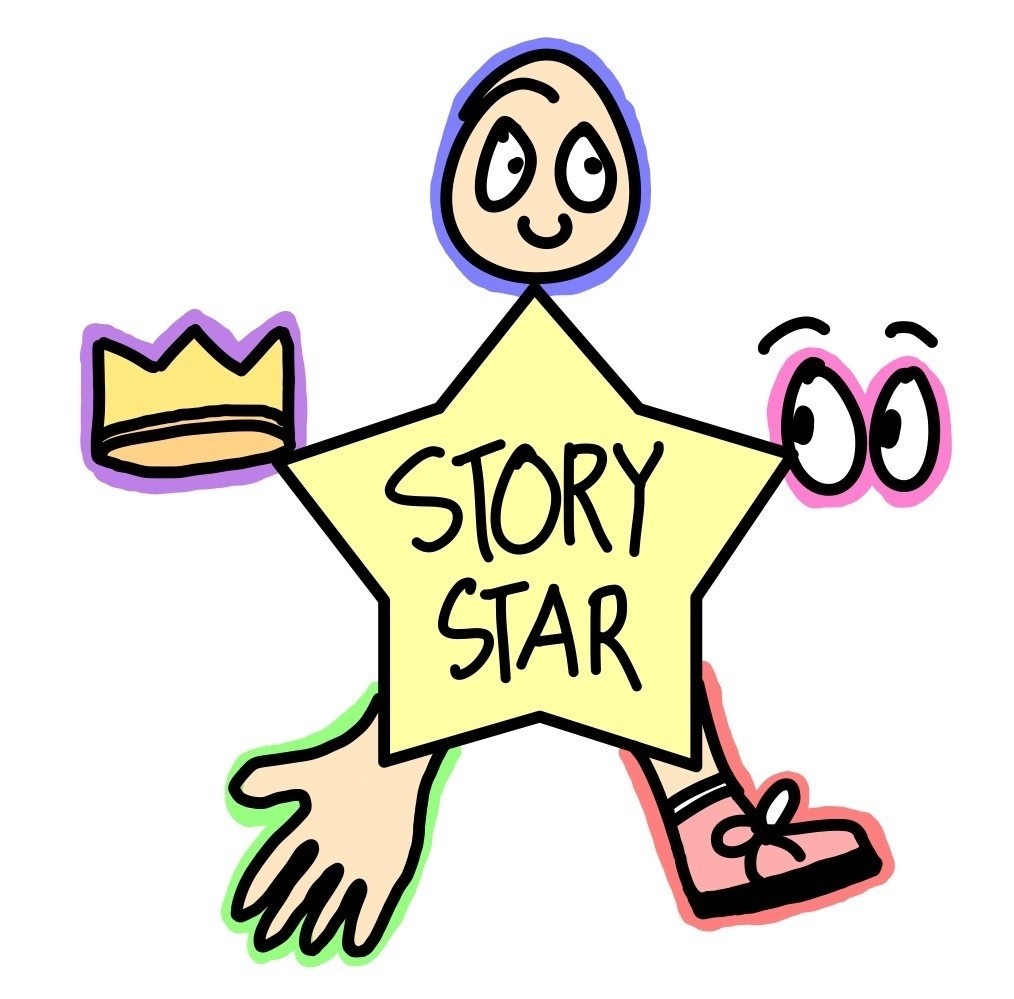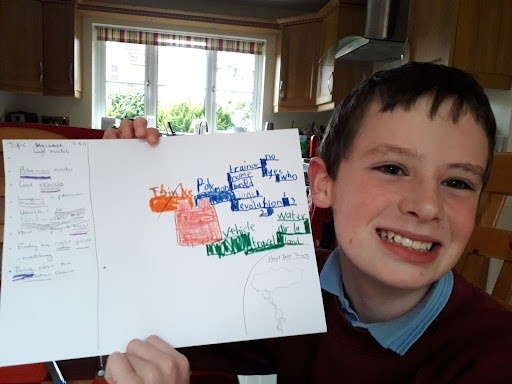PARENT'S PAGE


PARENT'S GUIDE TO DYSLEXIA AND STUDY SKILLS
Looking for practical strategies for Dyslexia? We have a whole range of resources and videos to help you as a parent. Please subscribe to our email list and we’ll send you valuable videos on Study Skills, mindmapping, dyslexia and highschool for free.
As a thank you for joining our email list we’ll send you 4 practical and fun videos about dyslexia and BulletMapping.


Top 10 Dyslexia Videos
New to Dyslexia? Here are some of the explanation videos we have for dyslexia and the BulletMap method.

BulletMap Academy Reviews
Click here to see what our students say about BulletMap Academy and the BulletMap Method

Frequently Asked Questions
Do you have questions? Click here to see what we think about the most frequent questions we get.
STORY STAR

A person with dyslexia can take a long time to explain themselves. Including me. It’s cute when you're young, but can be undermined as you get older. People can get the wrong idea. It can look like you don’t know what you're talking about, or you’re attention seeking etc.
In the last few emails, I shared how a child can learn to read, underline to understand and take notes in a dyslexia friendly way. Essentially they learn to translate what they read into something visual. It means they can “Read to Learn”. The next gear is learning to explain yourself.
We all want to be understood. For ‘manual’ thinkers what gets you from knowing stuff (3rd gear) to explaining stuff (4th gear) is telling it as a story. Not telling an endless bunch of experiences and/or facts but something with “a beginning, middle and end”. I never really understood what the teachers meant by that until recently.
How to Write a Story Talk
Story Star Image
Dyslexic people need much more explicit visual teaching. For example in BulletMap™ Academy we use a ‘Story Star’ with 5 visual prompts:
- Face = Who are the characters involved?
- Eye = What does the main character want or have their eye on?
- Foot = What trips them up, or is the problem?
- Hand = What helps them find the solution?
- Crown = What’s the reward or outcome?

Story Star Workbook
The Story Star is a 10-step process. For students to follow the process easily, we have created the story star workbook. It has all the steps and short instructions on how to make a story star.
The workbook also has example topics for you to choose. It is patterned from an actual question from an English essay exam.



Materials
You don't need a lot to create a BulletMap. All you need are these:
1. A3 or A4 paper. Although its better to have more paper area to work with.
2. Pencil or Pen. A pencil allows you to erase your mistakes.
3. Color pens. Preferably Frixion color pens. These type of color pens allows you to erase your mistakes.

THE BULLETMAP BELT SYSTEM
Awards and Scoring
The BulletMap Academy is like a martial arts school where you earn experience points to advance to another level, a system where you start with a white belt, then you go to yellow belt, orange belt, red belt, green, blue, purple, brown and black belt.
This, we found that students are more encouraged to learn because they are getting positive reinforcements through the belts and certificates.
Mechanics for Earning Points:
- Students can earn points in 4 ways; Map points, Learning Points, Breakthrough Points and Project points. For each map they submit or for every activity they join in, select the equivalent reward points.
Map points
- By doing different maps, a student can earn points.
- Maps have to be completed in order to earn points.
- Students can submit different types or same types of maps to obtain equivalent points.
Learning Points
- Represents student’s learning journey.
- Student earns points every time he participates in an activity
- In a club, whenever students finish a map, each of them will earn points. The points are added to their score sheets individually.
- If a student shares a map for the first time, he earns the corresponding breakthrough points and the equivalent map points.
Breakthrough Points
- Can be unlocked after student completes the white belt
- Encourages to overcome fear of “first times”
- Give incentives to students who would like to explore
Project Points
- Incentivizing students when they use their bulletmap skills when doing a project and integrating these skills in their school related works.
- If the activity is not in the list, but deserves an award, choose “Bonus”. Indicate the reason why you are giving that award. It is up for the coaches to use their discretion in awarding points to students(as long as there’s basis).
- In each belt, students are required to submit a minimum number of maps and the requirement.
- Excess Points acquired in a belt may be carried over to the next belt.
- Starting from Blue Belt onwards, a graded memory map is required to be submitted. Memory maps will be graded using the Bulletmap Marking Scheme.
- Every session, the coach must allot at least 5 minutes to record points earned by the student.
- Students are encouraged to strategise to earn more points.
Graded MemoryMaps
In order to promote good BulletMap practice, we have developed a standard for BulletMapping. It is the convergence of all the BulletMap concepts that the Academy has been teaching in these courses. All these concepts are gathered and points were allotted according to importance. That's how the MemoyMap Marking Scheme was created (explained more below).
When the student reaches Blue Belt, they have unlocked a new requirement for moving on to the next belt level. They are now required to submit and pass a graded MemoryMap. The MemoryMaps submitted by the students will be graded using the MemoryMap Marking Scheme to know whether they can move on to the next belt or not. The further you are in the belts, the higher the percentage you need to get to advance. Please refer to the percentage below.
- Blue Belt: 50%+
- Purple Belt: 60%+
- Brown/White Belt: 70%+
- Brown Belt: 80%+
- Black Belt: 90%+







